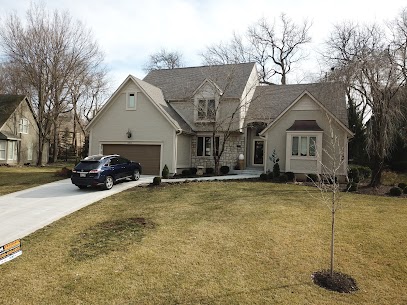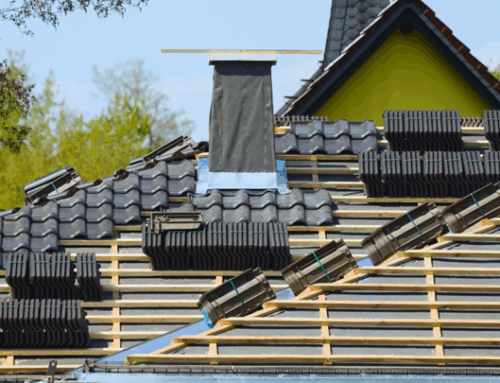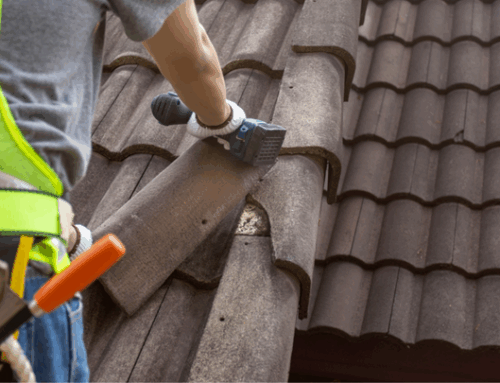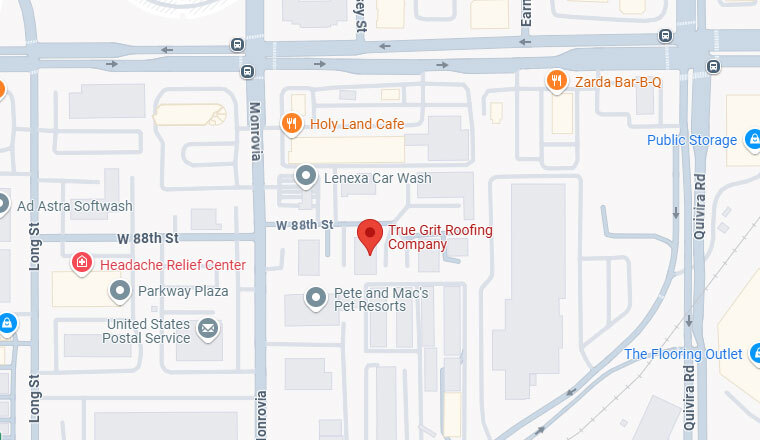Here are a few considerations to help you make an informed decision:
Climate: If you live in a region with frequent freeze-thaw cycles or heavy snowfall, installing ice and water barrier on the entire roof is advisable. The barrier helps prevent water from melting snow or ice from penetrating beneath the shingles and causing leaks.
Building codes: Check your local building codes or consult with a roofing professional to determine if ice and water barrier is required in your area. Some jurisdictions may mandate its installation in specific locations or under certain circumstances, such as low-slope roofs.
Roof design: The slope and complexity of your roof also play a role. Steeper roofs tend to shed snow and ice more easily, reducing the risk of ice dams. On such roofs, installing ice and water barrier along critical areas like eaves, valleys, and around protrusions may be sufficient. However, for low-slope or complex roofs, a full installation might be recommended.
Cost considerations: Installing ice and water barrier on the entire roof can increase the cost of the roofing project. Assess your budget and weigh the potential benefits against the additional expense. Consider consulting with a professional roofer to get an accurate estimate for your specific situation.
It’s important to note that while ice and water barrier provides excellent protection, it is not a substitute for proper roof installation and ventilation.







